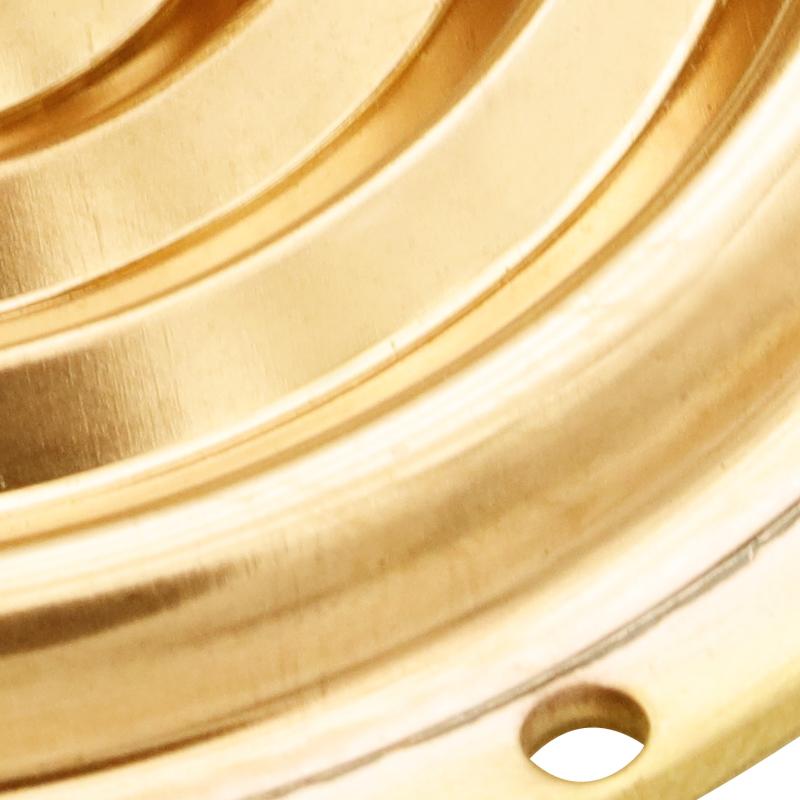
Sep . 01, 2024 08:38 Back to list
liquid filled differential pressure gauge product
Understanding Liquid-Filled Differential Pressure Gauges
Liquid-filled differential pressure gauges are essential instruments used in various industrial applications to measure the difference in pressure between two points in a system. Designed for accuracy, durability, and reliability, these gauges play a critical role in monitoring and managing processes in fields such as water treatment, HVAC systems, and chemical industries.
What is a Differential Pressure Gauge?
A differential pressure gauge measures the pressure difference between two sources, typically referred to as high-pressure and low-pressure ports. This measurement is crucial in applications where pressure drop across components like filters, valves, or pumps indicates their performance and operational health.
The Role of Liquid Filling
The traditional design of pressure gauges can sometimes lead to errors due to vibrations, pulsations, or temperature fluctuations. To counteract these issues, liquid-filled gauges are employed. The gauge's internal mechanism is filled with a liquid, usually glycerin or silicone oil. This liquid serves multiple purposes
1. Damping Effect The liquid dampens the effects of vibrations and sudden pressure changes, providing a smoother reading and reducing needle jump. This is particularly important in fluctuating pressure environments.
2. Protection Against Corrosion Liquid filling helps protect the internal components of the gauge from corrosion and environmental factors. This is particularly beneficial in challenging conditions where the gauge is exposed to harsh chemicals or moisture.
liquid filled differential pressure gauge product

3. Temperature Compensation The liquid helps to moderate temperature effects, ensuring that the gauge maintains its accuracy even with temperature fluctuations that can cause expansion or contraction of the internal components.
Applications of Liquid-Filled Differential Pressure Gauges
Liquid-filled differential pressure gauges are widely utilized across various industries. In HVAC systems, they monitor pressure drop across filters, ensuring optimal airflow and system efficiency. In the pharmaceutical and food industries, these gauges are crucial for ensuring sanitary conditions by monitoring pressure differentials in filtration systems.
In oil and gas applications, these gauges help maintain safe operating conditions by monitoring pressure across various components of the production and transport systems. Their robust design ensures they can withstand the demanding environments typical of these industries.
Choosing the Right Gauge
Selecting a suitable liquid-filled differential pressure gauge depends on several factors, including the range of pressure, compatibility with the fluid being measured, and environmental conditions. It is essential to consider the gauge's specifications, such as its material construction, accuracy, and calibration requirements.
Conclusion
Liquid-filled differential pressure gauges are invaluable tools for engineers and technicians responsible for ensuring the efficient operation of their systems. Their ability to provide accurate readings in turbulent environments makes them essential in maintaining system integrity and efficiency across various industries. As technology advances, these gauges will continue to evolve, incorporating new materials and designs that enhance their functionality and reliability, further solidifying their position as a staple in pressure measurement.
-
High-Precision Mass Diaphragm Pressure Gauge - Reliable & Durable Solutions
NewsJun.10,2025
-
Explain Diaphragm Pressure Gauge Expert Guide, Top Manufacturers & Quotes
NewsJun.10,2025
-
Affordable Differential Pressure Gauge Prices in China Top Manufacturers
NewsJun.10,2025
-
Reliable Water Fire Extinguisher Pressure Gauges for Safety
NewsJun.10,2025
-
Durable Diaphragm Protection Pressure Gauges Get Quote
NewsJun.09,2025
-
WIKA Differential Pressure Gauge with Switch Reliable Monitoring & Control
NewsJun.09,2025
